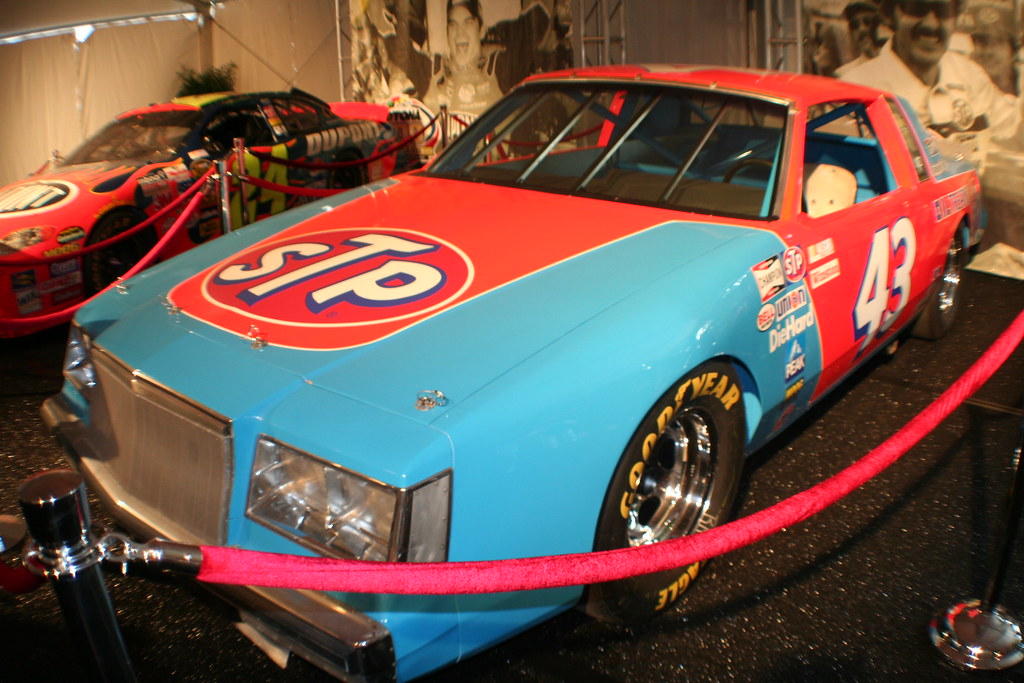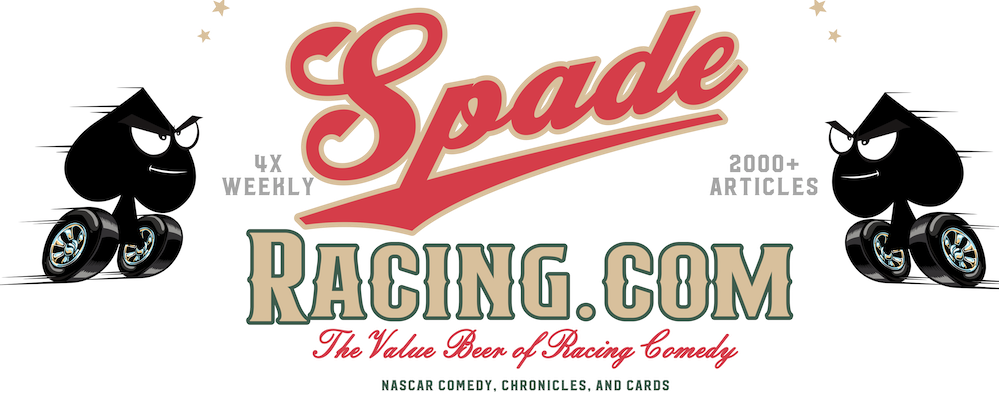When Furniture Row Racing announced that they would be shutting down at the end of the 2018 season, fans were shocked that a championship team with a superstar driver could fold so quickly. While there were a number of understandable outside factors—most notably 5-Hour Energy’s decision to leave Nascar—many found it strange that such a successful team could simply give up the ghost so quickly after such success.
But you know what’s even stranger?
Imagine a team winning ten championships, then sliding a bit down the Nascar totem pole but still winning races. Imagine this team making driver and manufacturer changes, then shutting down due to a lack of sponsorship. Then imagine this team simply starting up again a year later.
Well, that was Petty Enterprises in the mid-1980’s, as Nascar’s most-fabled team dealt with change, controversy, and closing down, only to restart again a year later.
 |
| Family patriarch and team founder Lee Petty |
BACKGROUND—A FAMILY AFFAIR
Founded in 1949 in Level Cross North Carolina, Petty Enterprises (formerly Lee Petty Engineering) had always been a team owned by Pettys, for Pettys. After stepping out of the driver’s seat following a harrowing crash in 1961, Lee maintained executive management of the team while the next generation took control of the on-track product. Richard Petty would surpass his father’s three Cup championships, winning seven of his own, all in Petty-owned equipment. Richard’s brother Maurice tuned the engines, getting the most out of already stellar equipment, making “Petty power” the envy of the rest of the garage. Cousin Dale Inman, meanwhile, innovated the position of crew chief, making in-race calls for the famed 43 car.
1979-1983—SPLINTERING & THE NEXT GENERATION
 |
| Richard Petty's final Daytona 500 winning car |
1979 would prove to be a pivotal year for Petty Enterprises, a sort of “tipping point” for what was far and away Nascar’s most-successful team. Richard Petty would win his seventh and final championship, rebounding from a winless 1978 that would see him switch from Dodge to GM brands. Furthermore, Richard’s son Kyle would make his racing debut in a second Petty Enterprises car. At the time, running more than one full-time team was thought to be near-impossible, and unfortunately the Pettys were not up to the challenge. Friction developed on the team with much of it centering on engine builder Maurice, wondering who was getting the “good” equipment. Reportedly, the team began to splinter into two camps—one with Lee and Maurice, the other with Richard and crew chief Dale Inman.
However, following the 1981 Daytona 500—one that Richard would win for a record-setting seventh and final time—Inman would depart Petty Enterprises. After spending a winless 1982 adjusting to new manufacturer Pontiac (which Petty would race for for the rest of his career), 1983 would see Petty rebound with three wins—but not without controversy. In Petty’s last win of that year, the 43 was found to be running improper tires and an oversized engine. This would prove to be the breaking point for Richard, who stepped up efforts to drive for a new team for the following year. Meanwhile, Petty Enterprises would concentrate on Kyle Petty’s efforts, buoyed by Kyle’s sponsorship with 7-Eleven and arrangement to run Ford equipment.
Check back for Part 2
Check back for Part 2

